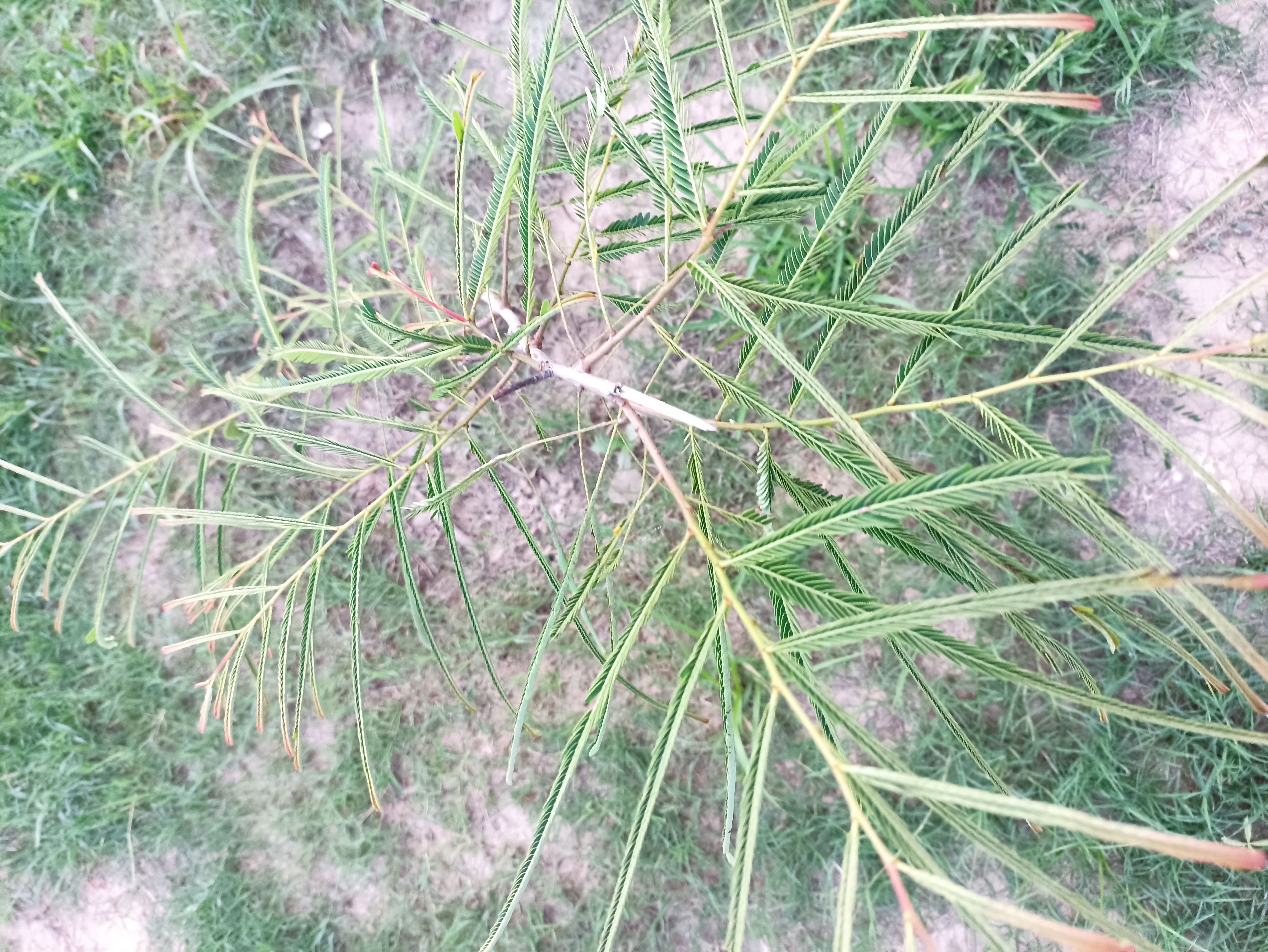Gledistchia tracanthos
Species
Families
Local Names
Genus
Native/Introduced
DNA Barcode
Description
The honey locust (Gleditsia triacanthos), also known as the thorny locust or thorny honeylocust, is a deciduous tree in the family Fabaceae, native to central North America where it is mostly found in the moist soil of river valleys. Honey locust is highly adaptable to different environments, has been introduced worldwide, and is an aggressive, invasive species.
The species is a major invasive environmental and economic weed in agricultural regions of Australia. The plant forms thickets and destroys the pasture required for livestock to survive. The thickets choke waterways and prevent both domestic and native animals from drinking and also harbour vermin. The spines cause damage to both people and domestic and native wildlife and puncture vehicle tires. In much of the Midwest of the United States the honey locust is also considered a weed tree and a pest that establishes itself in farm fields. In other regions of the world, ranchers and farmers who employ monocropping deem honey locust a nuisance weed; its fast growth allows it to out-compete grasses and other crops.
Uses
Unripe honey locust pods
The pulp on the inside of the pods is edibl (unlike the black locust, which is toxic)and consumed by wildlife and livestock.
Despite its name, the honey locust is not a significant honey plant. The name derives from the sweet taste of the legume pulp, which was used for food and traditional medicine by Native American people, and can also be used to make tea. The long pods, which eventually dry and ripen to brown or maroon, are surrounded in a tough, leathery skin that adheres strongly to the pulp within. The pulp—bright green in unripe pods—is strongly sweet, crisp and succulent in ripe pods. Dark brown tannin-rich beans are found in slots within the pulp.
Gleditsia triacanthos
Honey locusts produce a high quality, durable wood that polishes well, but the tree does not grow in sufficient numbers to support a bulk industry. However, a niche market exists for honey locust furniture. It is also used for posts and rails because of the dense, rot-resistant nature of the wood. In the past, the hard thorns of the younger trees were used as nails and the wood itself was used to fashion treenails for shipbuilding.
Nitrogen fixation
The ability of Gleditsia to fix nitrogen is disputed. Many scientific sources state that Gleditsia does not fix nitrogen. Some support this statement with the fact that Gleditsia does not form root nodules with symbiotic bacteria, the assumption being that without nodulation, no nitrogen fixation can occur. In contrast, many popular sources, permaculture publications in particular, claim that Gleditsia does fix nitrogen but by some other mechanism.
There are anatomical, ecological, and taxonomic indications of nitrogen fixation in non-nodulating legumes. Both nodulating and non-nodulating species have been observed to grow well in nitrogen-poor soil with non-nodulating legumes even dominating some sites. The litter and seeds of non-nodulating species contain levels of nitrogen higher than non-legumes and sometimes even higher than nodulating legumes growing on the same site. How this happens is not yet well understood but there have been some observations of nitrogenase activity in non-nodulating leguminous plants, including honey locust. Electron microscopy indicates the presence of clusters around the inner cortex of roots, just outside the xylem, that resemble colonies of rhizobial bacterioids. These may well constitute the evolutionary precursors in legumes for nitrogen fixation through nodulation. It is not known whether the non-nodulating nitrogen fixation if it exists, benefits neighboring plants as is said to be the case with nodulating legumes.
Research
In research using databases, more than 60 phytochemicals were identified from honey locust, including polyphenols, triterpenes, sterols, and saponins, with in vitro studies assessing for possible biological activity.









































































































































